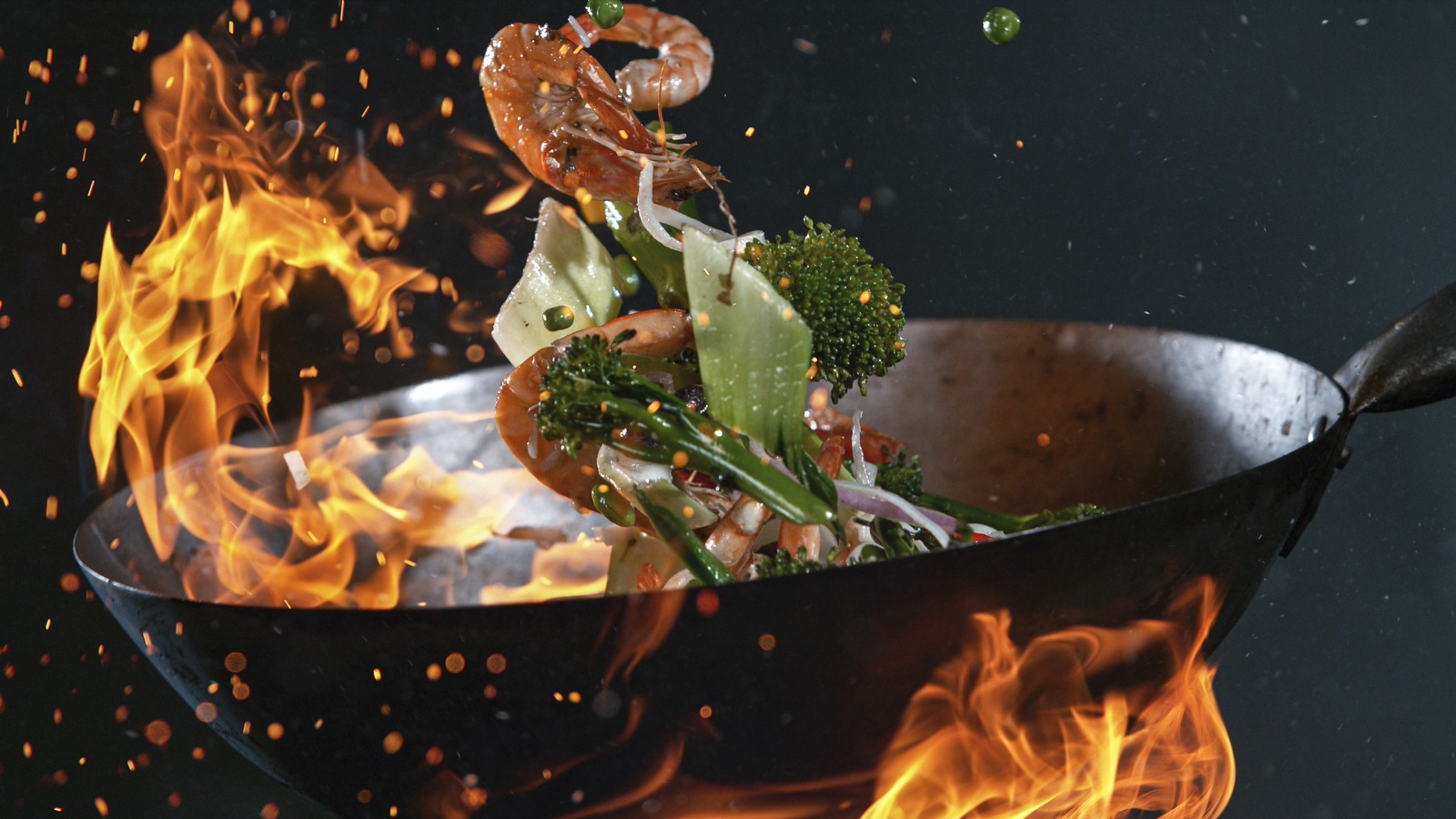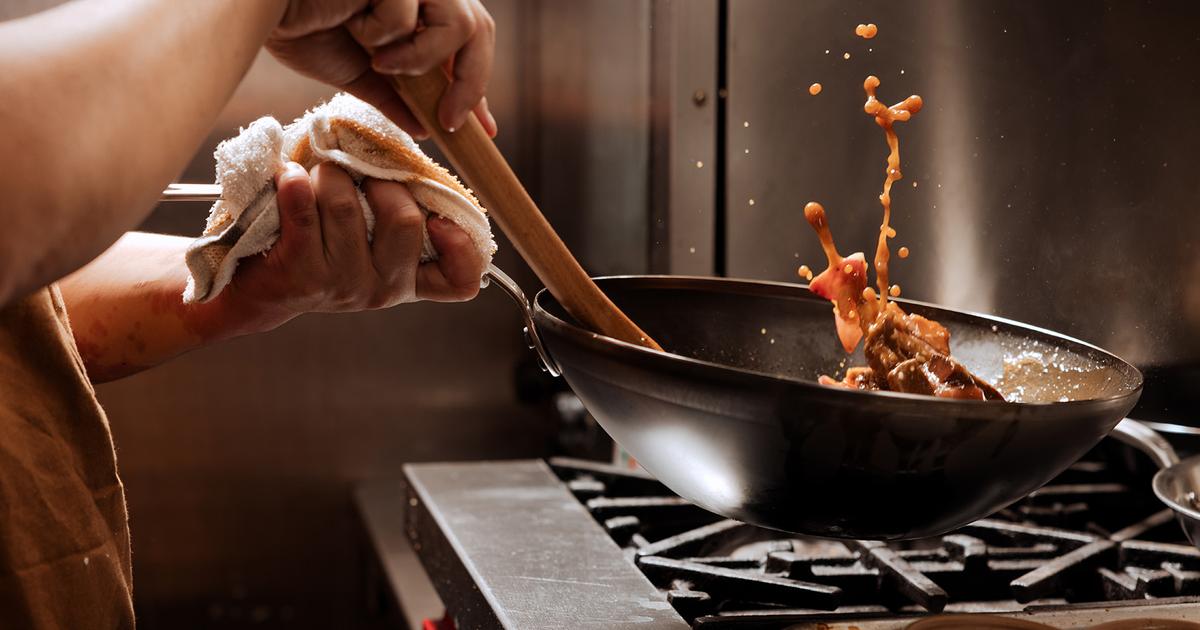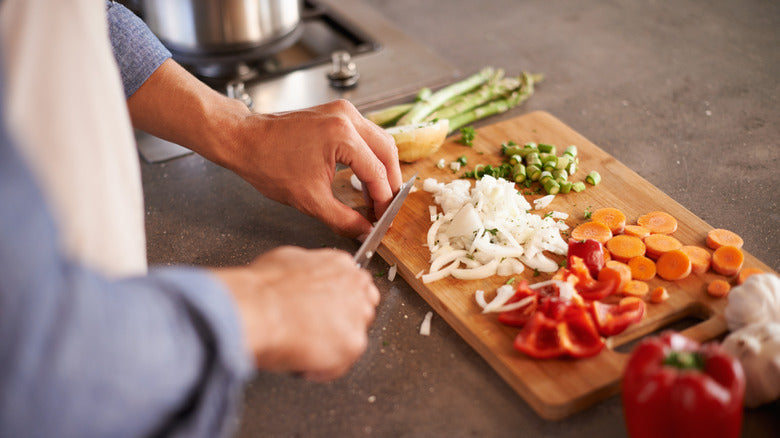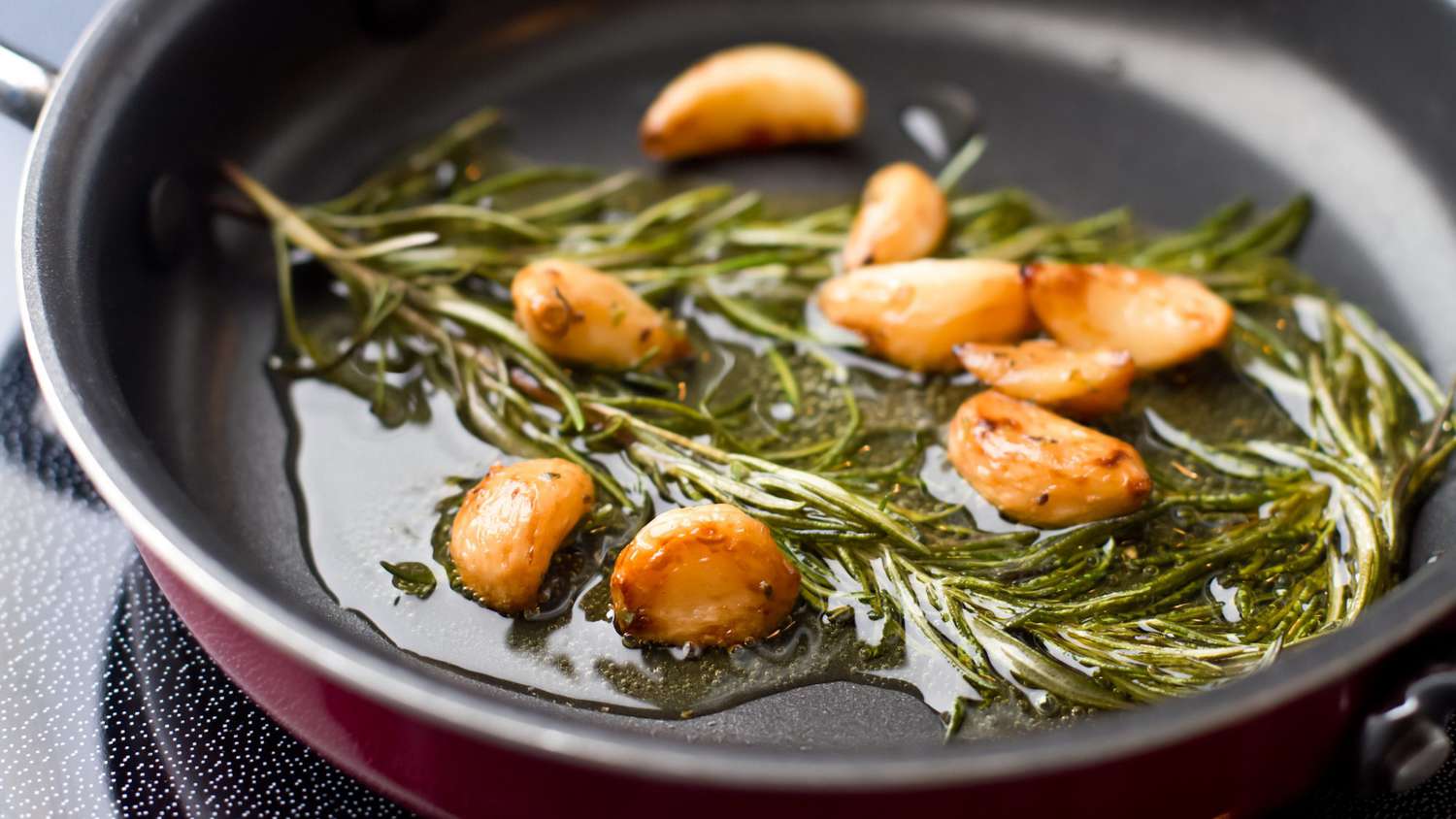The question, what is a wok, has become increasingly relevant in the culinary world today. For kitchen professionals, understanding the functionality and versatility of a wok could be the key to elevating dishes and expanding cooking techniques. A wok is not merely a cooking vessel; it represents a culture of cooking, a shift in culinary perspective, and a gateway to a world of flavors.
Although often associated with Asian cuisine, the use of a wok transcends cultural boundaries. From stir-frying to steaming and deep frying, this round-bottomed cooking pan enhances flavors and maintains the integrity of ingredients. Renowned chefs and everyday cooks alike have embraced this remarkable tool, leading to a growing interest in its many uses.

The History and Evolution of the Wok
The history of the wok dates back nearly 2,000 years in China. Initially made from cast iron, the structure allows for high heat retention and efficient cooking. Its unique shape allows for even heating, making it ideal for rapid cooking techniques. Over the years, woks have evolved; today, you can find them made from stainless steel, carbon steel, and even non-stick materials.
Why Invest in a Quality Wok?
Choosing a quality wok is essential for kitchen professionals. A well-constructed wok provides better heat distribution, crucial for techniques like stir-frying where ingredients must be cooked quickly at high temperatures. Lesser quality woks might not only scatter heat unevenly but can also warp over time, compromising cooking efficiency.
Types of Woks to Consider
- Traditional Carbon Steel Wok - Ideal for traditional cooking, lightweight, and heats up quickly.
- Cast Iron Wok - Excellent heat retention, often used for frying and braising.
- Stainless Steel Wok - Durable but may require additional attention to prevent food sticking.
- Non-Stick Wok - Easily manageable but not suitable for high-heat cooking.
For tricks and techniques on using a wok, check out this informative article on wok cooking.

Essential Cooking Techniques Using a Wok
Understanding what is a wok extends to mastering a variety of cooking techniques:
Stir-Frying
Stir-frying is arguably the most popular technique for using a wok. The process involves cutting ingredients into small pieces to ensure quick cooking. The high sides of the wok allow for tossing ingredients without spilling, letting you achieve even browning.
Steaming
In addition to stir-frying, a wok can also serve as a steamer. By adding water to the wok and placing a bamboo or metal steamer on top, you can effectively steam vegetables, fish, or dumplings without losing nutrients or flavor.
Deep Frying
Another popular cooking method is deep frying. The shape of a wok makes it easy to contain the oil and provides enough depth for frying various foods, such as crispy spring rolls or tempura vegetables.
Learn various frying techniques with a wok in this article about grilling scallops.

How to Season and Care for Your Wok
Proper seasoning and care are crucial in maximizing the lifespan and functionality of your wok. Newly purchased carbon steel or cast iron woks are often coated with a layer of oil to prevent rust. This needs to be removed before first use. Rinse the wok with hot water and scrub it gently.
Once the wok is clean, apply a thin layer of vegetable oil and heat it over a medium flame. This will create a natural non-stick surface, enhancing the cooking experience! For care tips, refer to this guide on cleaning grill pans.

Recipes to Try in Your Wok
Now that you understand what is a wok and its capabilities, its time to get cooking! Here are a few easy recipes to get you started:
Vegetable Stir-Fry
A colorful mix of fresh vegetables sauted quickly in a hot wok, served over rice or noodles, makes for a healthy option. Add soy sauce, garlic, and ginger for an added flavor boost.
Kung Pao Chicken
This classic dish showcases the wok's potential for balancing flavors and textures. The combination of spicy, sweet, and savory elements highlights how versatile this cooking tool can be.
For additional meal inspiration, consider learning how to grill potatoes in your wok by checking out this grilling potatoes article.
FAQs
What types of woks are available for purchase?
You can find traditional carbon steel, cast iron, stainless steel, and non-stick woks in various sizes and styles.
Can I use a wok on an induction cooktop?
Yes, if you choose a wok that is induction-compatible, generally stainless steel and some cast iron woks work well.
How high should the heat be while cooking with a wok?
High heat is generally recommended for optimal cooking in a wok, especially for stir-frying. Make sure to monitor to avoid burning.
As an Amazon Associate, I earn from qualifying purchases.






Leave a comment
This site is protected by hCaptcha and the hCaptcha Privacy Policy and Terms of Service apply.